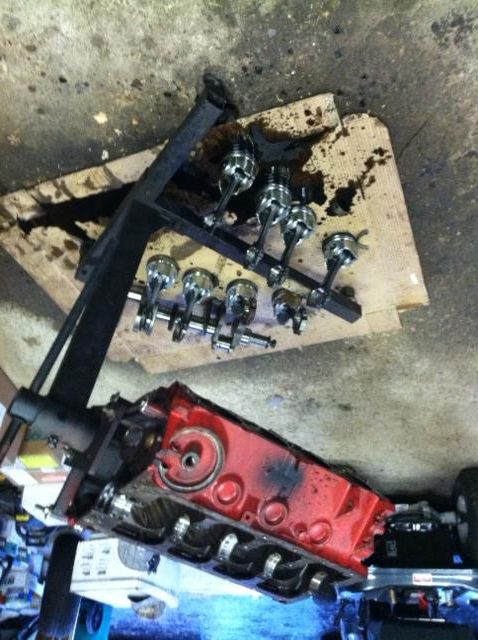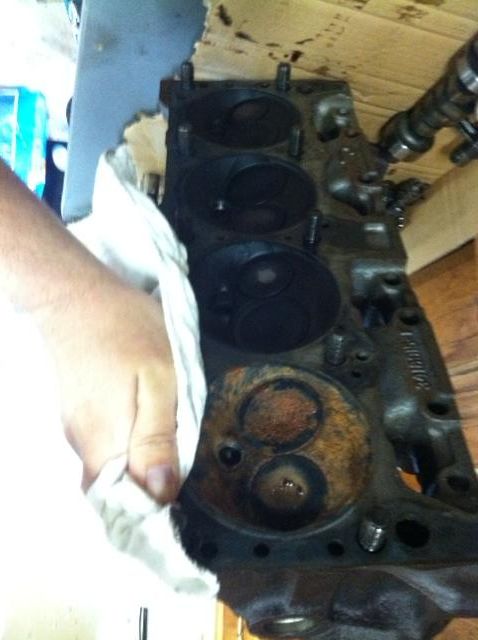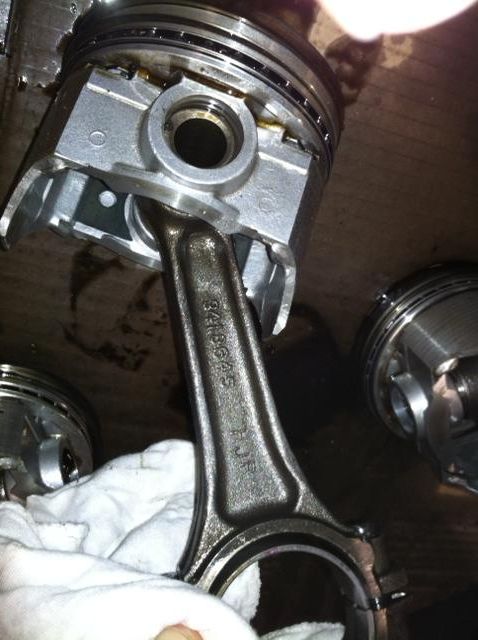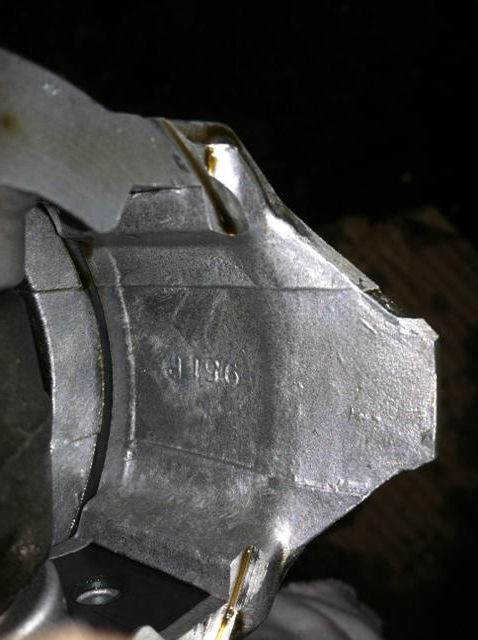Challngd73
Well-Known Member
Ok so here is my 340's story.. It was taken out of a 71 cuda my uncle had, and given to another uncle back around 1980. He went through the motor and ran it in his 65 barracuda. He rebuilt it a 2nd time back in the fall of 1987, but died a little over a year later. It sat in that 65 cuda for a few years until my father took it out and put it on an engine stand and manually turned the crank every so often. Back in 2006 my father took the motor to a machine shop and had them build it. The motor was bored .60 over, new crank, new pistons, the whole deal. My father let them choose the cam. He put the 340 back into his 66 barracuda, and it never ran right from the start. It didnt run bad mind you, but had no where near the power it had back in the 80's when my uncle had it. I was convinced a poor cam choice was the downfall, but no one knew what was in it. My father took the 340 out of the 66, and back on an engine stand it went. Fast forward 8 years....I bought my fathers 66 and the 340, which had only about 1000 miles or so on it since its rebuild, but hadnt been run for those same 8 years. I decided to tear into the motor last night and this is where i am at today...

























